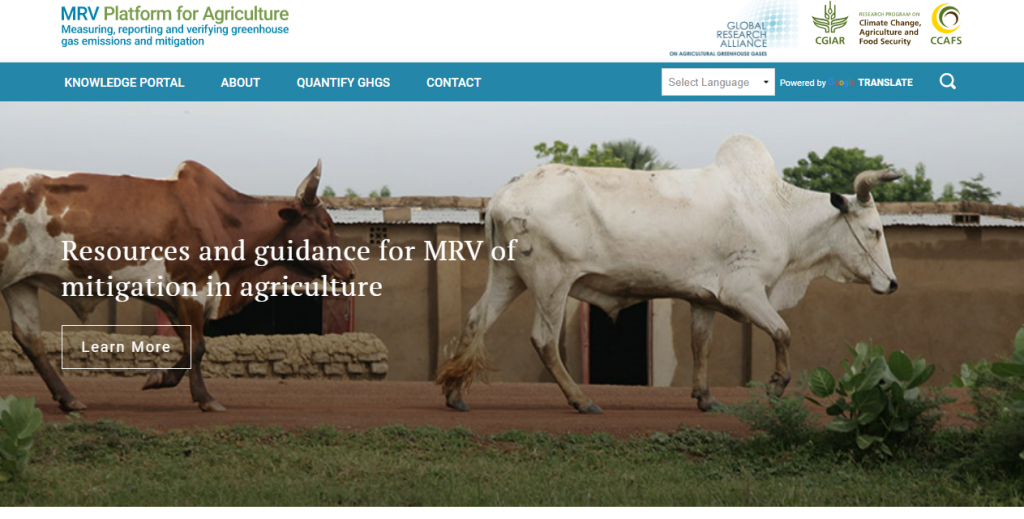GHGMI & GRA Database of Agriculture Sector Inventory Improvements: Seeking Interesting Case Studies
The database of national agriculture inventory methodological and emission factor improvements is being developed as an open and freely accessible online electronic resource. The Inventories and NDC Network is currently seeking interesting case studies for inclusion in the database.
If you are aware of any recent and/or major changes to your country’s agriculture inventory methodology and/or emission factors, please notify the GRA Secretariat at [email protected].
The case studies are intended to support inventory compilers to identify improvements that can be made to their current methodology and/or to emission factors in use in their national agriculture inventories. The case study information will potentially:
- increase the reporting Tier related to that specific improvement and emission category(ies),
- enable research priorities to be more easily and quickly identified, lowering the costs of countries being able to provide a robust and internationally defensible scientific evidence base to justify any change to emission reporting (as part of international reporting requirements),
- guide and accelerate activity data collection processes specific to the inventory improvement in question,
- guide how improvements might be implemented in their country’s agriculture inventory model, and help compilers estimate the potential impact on reported emissions.
The Resource will explain the context for the inventory improvement and to what farming systems or regions it is expected to be relevant for.The case studies from this project will be published on the www.agMRV.org website, run by the GRA and CCAFS.
The categories of interest for methodological and emission factor improvements are:
- 3A1 Enteric Fermentation
- 3A2 Manure Management
- 3B2a Cropland Remaining Cropland
- 3B2b Land Converted to Cropland
- 3B3a Grassland Remaining Grassland
- 3B3b Land Converted to Grassland
- 3C1b Biomass Burning – Cropland
- 3C1c Biomass Burning – Grassland
- 3C2 Liming
- 3C3 Urea Fertilization
- 3C4 Direct N2O emissions from Managed Soils
- 3C5 Indirect N2O emissions from Managed Soils
- 3C6 Indirect N2O emissions from Manure Management
- 3C7 Rice Cultivation

